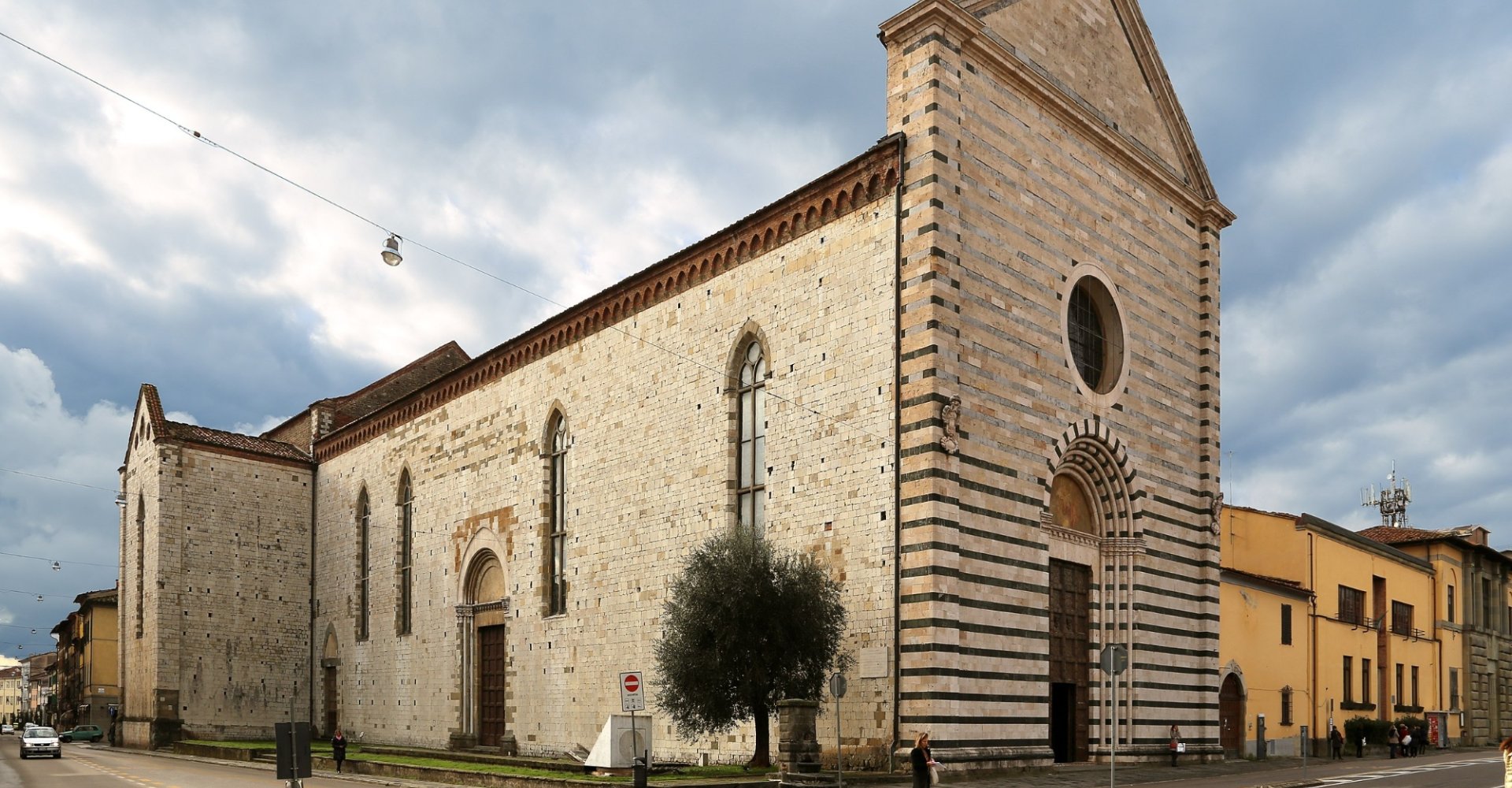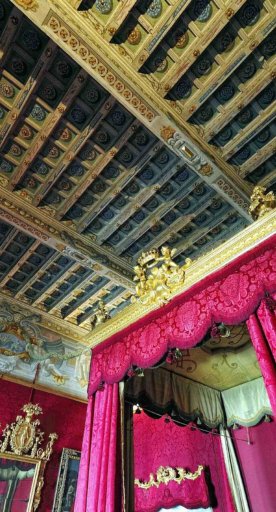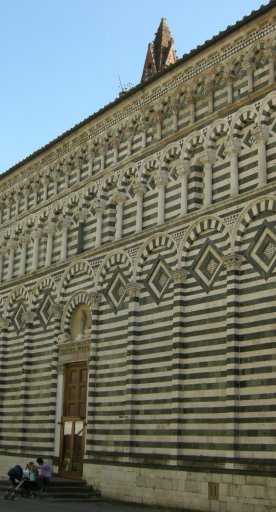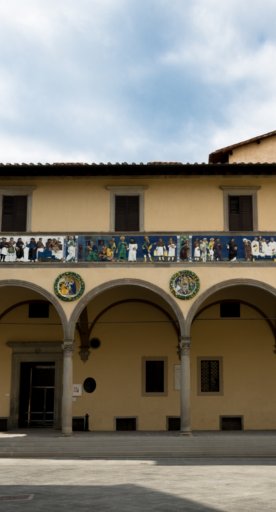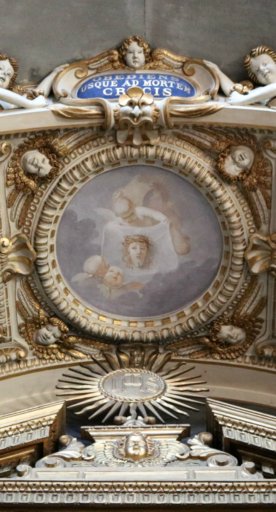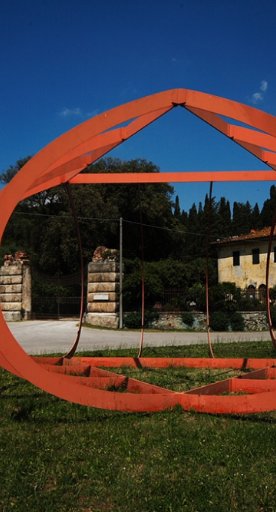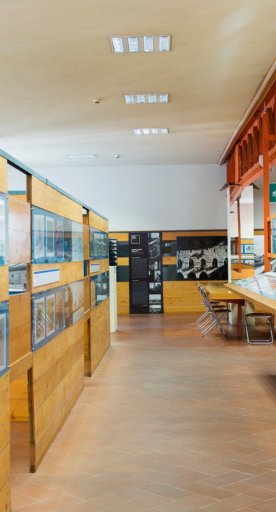Church of San Francesco in Pistoia
The sacred building houses a cycle of frescoes depicting the life of the saint
Poverty, humility, brotherhood: Franciscan ideals translate into a modest and rigorous spirit of life, reflected in the style of the Church of San Francesco in the heart of Pistoia. Austere and with only essential elements, it stands solemnly in the square of the same name, now also known as Piazza Mazzini, the setting of important historical events for the city.
The construction of the church began in 1289 on an existing small convent dedicated to the Holy Cross where the Franciscan friars had settled in the first half of the same century. Legend has it that Francis of Assisi arrived in Pistoia in 1220 and was welcomed in the rectory of San Vitale. Today, it is the seat of the parish of the same name of the fathers of the Sacred Heart of Jesus of Bétharram.
The Church of San Francesco has a gabled facade covered with green and white marble bands, interrupted by the central portal and the circular rose window. The plan is a Latin cross with a single nave and contains simple elements that are reminiscent of the Gothic style.
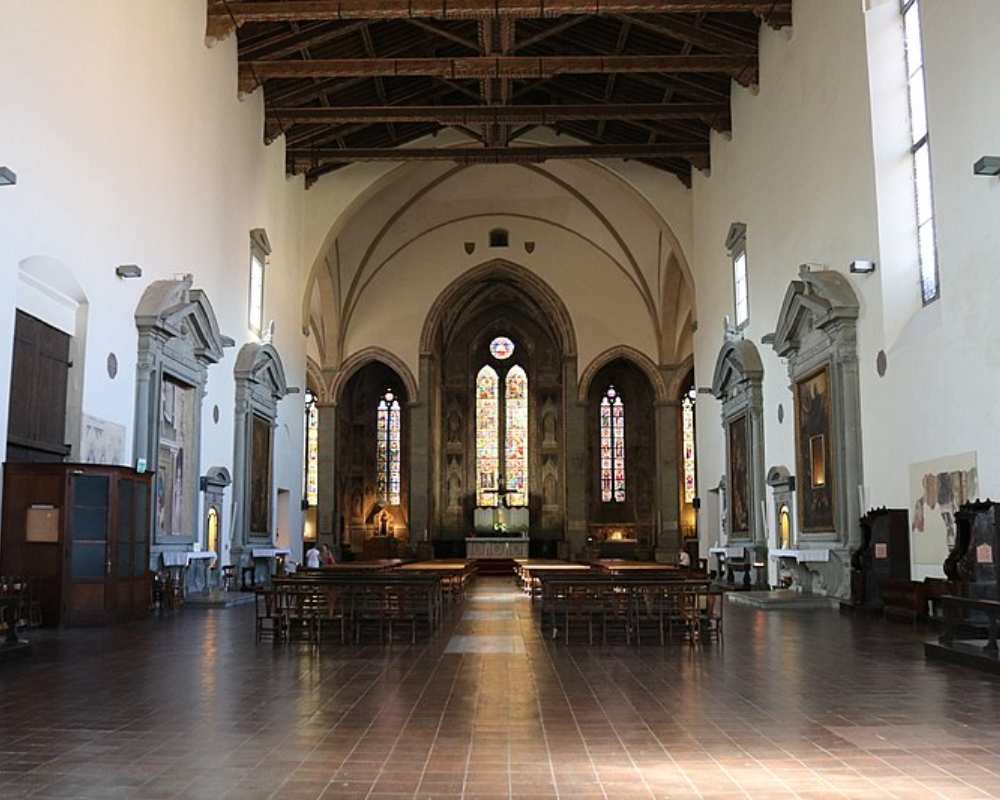
The interiors have decorative frescoes in the main chapel depicting the Stories of St. Francis in the main chapel, evoking the scenes present in the upper Basilica of Assisi, made around the mid-14th century and discovered at the beginning of the 20th century. Excellently executed, these frescoes are a rare example of Tuscan figurative art with influences from beyond the border, most likely by the Bolognese artist Dalmasio degli Scannabecchi.
The other chapels also house valuable frescoes and a wonderful pipe organ created at the end of the 19th century and installed in the Church of San Francesco at the beginning of the 2000s, enriching the transept.
